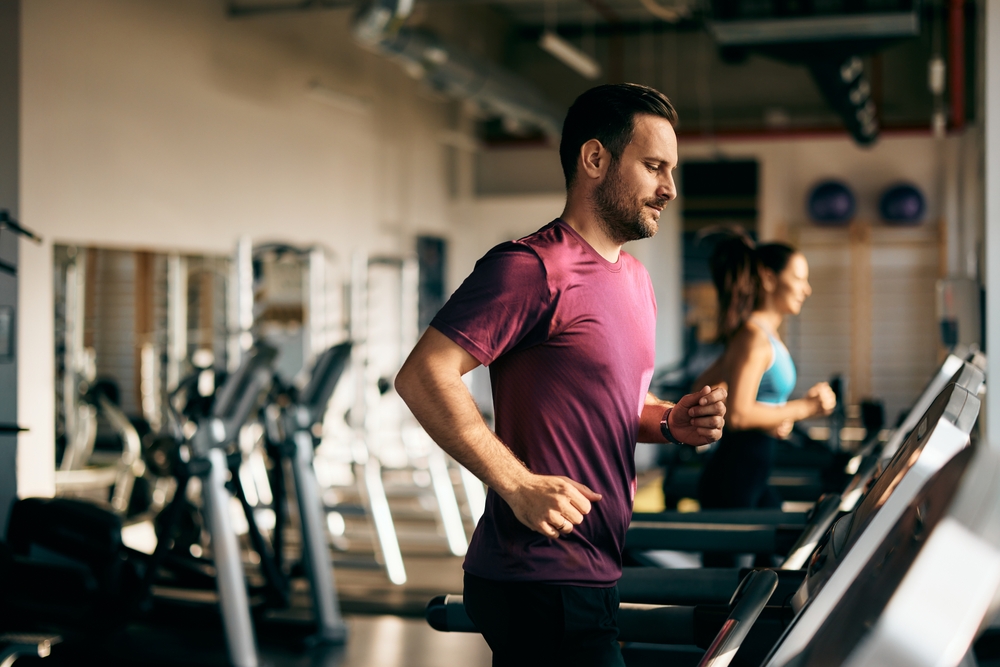Starting a fitness journey can feel overwhelming, especially for beginners. With countless workout routines, fitness tips, and diet plans circulating online, it’s easy to get confused and discouraged. However, the path to better health doesn’t have to be complicated. With a clear strategy, consistency, and the right mindset, anyone can begin and stick to a successful fitness routine.
Understanding the Importance of Fitness
Physical fitness is more than just appearance. Regular exercise improves heart health, boosts energy levels, strengthens muscles and bones, reduces the risk of chronic diseases, and enhances mental well-being. For beginners, understanding these benefits can serve as powerful motivation to start and continue exercising.
Setting Realistic Goals
Start Small and Be Specific
When you’re new to working out, it’s crucial to set achievable goals. Instead of aiming to lose 20 pounds in a month, start with a goal like “exercise three times a week” or “walk 30 minutes every day.” These smaller goals are easier to accomplish and can keep you motivated.
Track Your Progress
Keeping a fitness journal or using an app to record your workouts can help you visualize your progress. Over time, you’ll see improvements in endurance, strength, or weight management, which can boost your confidence and keep you on track.
Choosing the Right Type of Exercise
Cardiovascular Exercises
Cardio exercises like walking, jogging, cycling, or swimming improve heart health and burn calories. Beginners can start with low-impact options such as brisk walking or stationary biking.
Strength Training
Strength training helps build muscle and boost metabolism. You don’t need heavy weights to get started—bodyweight exercises like push-ups, squats, and lunges are perfect for beginners.
Flexibility and Mobility
Stretching and mobility exercises improve your range of motion and prevent injury. Incorporating yoga or simple daily stretches into your routine can help keep your body limber.
Creating a Workout Plan
Weekly Schedule for Beginners
Here’s a simple weekly workout plan to get started:
| Day | Workout Type | Duration |
|---|---|---|
| Monday | Cardio (brisk walk) | 30 mins |
| Tuesday | Strength (bodyweight) | 30 mins |
| Wednesday | Rest or light stretching | 15 mins |
| Thursday | Cardio (cycling) | 30 mins |
| Friday | Strength (dumbbells) | 30 mins |
| Saturday | Yoga or flexibility | 20–30 mins |
| Sunday | Rest | — |
Don’t Forget to Warm-Up and Cool Down
Warming up preps your muscles for exercise and reduces the risk of injury. Cooling down helps your body return to normal and minimizes soreness.
Staying Motivated and Consistent
Find a Workout Buddy or Join a Class
Exercising with a friend or joining a group class adds accountability and makes workouts more fun. If you prefer solo workouts, consider using fitness apps or online videos.
Mix It Up
Repeating the same workouts can become boring. Try different activities to keep things fresh—dance, hike, swim, or explore new routines.
Celebrate Small Wins
Every milestone—whether it’s lifting a heavier weight or running longer—is worth celebrating. Recognizing your achievements keeps you motivated.
Overcoming Common Beginner Challenges
Lack of Time
If you’re short on time, break your workout into smaller sessions throughout the day. Even three 10-minute sessions can be effective.
Low Motivation
Remind yourself why you started. Keep inspirational quotes or progress photos visible, and always reflect on how good you feel after a workout.
Soreness and Fatigue
It’s normal to feel sore initially. Stay hydrated, get enough rest, and don’t push yourself too hard. With time, your body will adapt.
The Role of Nutrition in Fitness
Eat Balanced Meals
Fuel your workouts with balanced meals that include protein, healthy fats, and complex carbs. Avoid overly processed foods.
Stay Hydrated
Water is essential for energy and recovery. Aim for at least 8–10 glasses a day, especially if you’re sweating more during exercise.
Pre- and Post-Workout Snacks
Before a workout, eat something light like a banana or yogurt. Afterward, have a protein-rich snack to aid muscle recovery.
Conclusion
Starting your fitness journey doesn’t have to be difficult or intimidating. The key lies in taking small, consistent steps and making fitness a part of your lifestyle. With clear goals, the right exercise mix, and a bit of discipline, you’ll not only get in shape but also enjoy better health and improved well-being in the long run. Remember, it’s not about perfection—it’s about progress.
FAQs
1. How many days a week should a beginner work out?
Answer: Start with 3–4 days a week, incorporating cardio, strength training, and flexibility. Gradually increase as your body adapts.
2. Do I need to join a gym to get fit?
Answer: No, you can start working out at home with bodyweight exercises and basic equipment like resistance bands or dumbbells.
3. How long does it take to see results?
Answer: Beginners may see improvements in energy and mood within a few weeks. Physical changes like muscle tone or fat loss often appear in 6–8 weeks.
4. Is it okay to work out every day?
Answer: Daily workouts are fine if balanced with rest days and low-intensity sessions. Listen to your body to avoid overtraining.
5. What should I eat before and after workouts?
Answer: Eat a small meal or snack with carbs before working out (e.g., fruit or toast). Post-workout, have protein and carbs to help muscle recovery (e.g., eggs and toast, protein shake).





